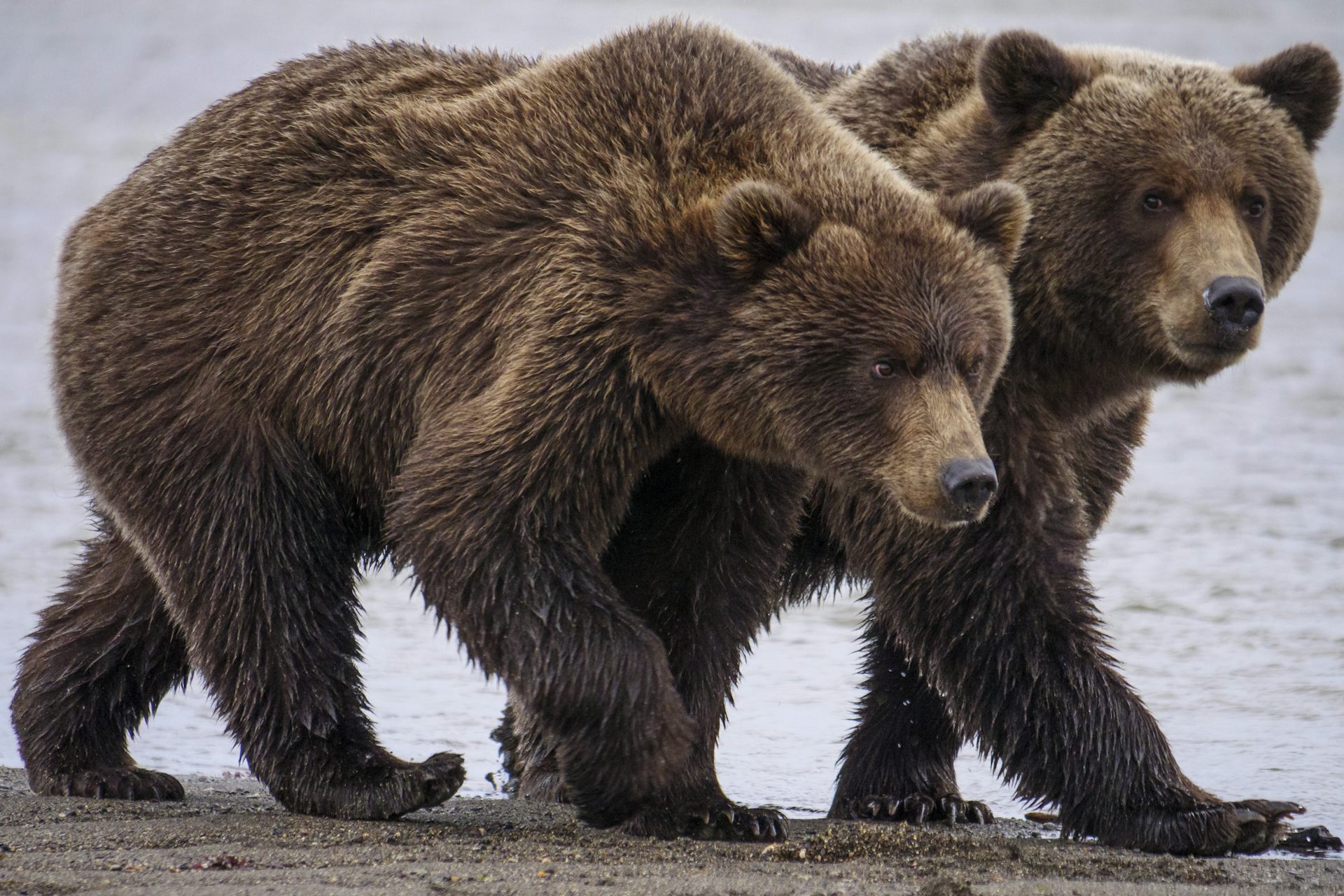Schools often fail to identify gifted and talented students – especially if they are Black, Latino o
Racial, ethnic and class inequities regarding gifted and talented services are found in most school districts.

About a decade ago, I was working with a large, urban school district on creating a gifted and talented program that would include all kids, regardless of their race or income.
In this district, Black children and children from poor families were rarely identified for gifted education services. These services include enrichment, special classes and focused projects intended to help students excel in areas in which they show signs of exceptional potential and talents.
I visited one school, near a prestigious university in an upscale neighborhood, where 48% of all students received services for gifted and talented students. There, about 50% were white, 22% Black and 12% Asian. Few were being raised in low-income families. At another school I visited a short 10-minute drive away, no students were identified. This school was located in a poor neighborhood. Ninety-eight percent of the students were Black, and all of them qualified for free or reduced-price meals.
Having reviewed national data in detail as scholars of gifted and talented education, my colleagues and I have found that inequities like this exist across the country and in most school districts.
State report cards
First, we examined census data from the Office of Civil Rights for the years 2000, 2012, 2014 and 2016 regarding gifted students from every U.S. public school to see how many students attend schools that identify youth with gifts and talents. We found that 42% of public schools did not identify a single student.
Then, we looked for patterns regarding race and ethnicity and income levels among the schools that do screen students and designate some of them as gifted and talented.
When we published our findings in 2019, we issued report cards for every state and for the U.S. overall. We gave 17 states failing grades because fewer than 60% of their public schools identified anyone as gifted and talented. Six more got a D.
Racial and ethnic disparities
Interestingly, we found that Black, Asian, white and Latino children were equally likely to attend schools that identified gifted students, although Native American students were less likely. As a result, we determined that access alone does not explain why Black and Latino students are underrepresented in gifted education.
I consider these racial inequities to be staggering.
About 15% of all students are Black, but only 8.5% of students identified as gifted and talented are Black. Roughly 27% of students are Latino, yet only 18% of the students determined to be gifted and talented are Latino. This pattern also holds for Native American and Native Hawaiian students.
Nearly 59% of gifted and talented students are white even though only 48% of all students are white. Asian students are even more disproportionately represented: They comprise 5% of all students, but nearly 10% of students identified with gifts and talents.
Along with racial and ethnic patterns, we found that poverty played a role.
High-poverty schools are slightly more likely to identify students as gifted than others. Despite that, they identified only about 58% as many gifted students as low-poverty schools – those largely attended by more affluent children.
Nationally, only 8% of the students attending high-poverty schools were identified, versus 13.5% of students of students enrolled at low-poverty schools.
‘Missing’ students
There were 3.3 million U.S. students identified as having gifts and talents in the 2015-2016 school year. Based on our findings, we estimate that even more – another 3.6 million – ought to be designated this way.
These students are missing from the official data because their school does not identify any students as gifted and talented, they attend a high-poverty school or because they are Black, Latino or belong to another underidentified group.
For example, only 276,840 Black students were identified as gifted and talented in 2016. We estimate that as many as 771,728 would be identified this way if systems were working properly.
Fixing the problem
Many students benefit when they receive gifted and talented services at school. They become more motivated to learn and more likely to earn good grades, while developing positive social and emotional skills.
In previous research, my colleagues and I found that students from underserved groups who receive gifted and talented services at school benefit even more than their affluent classmates.
One way schools can make the process more equitable is by letting students qualify for these programs in multiple ways. This helps because a single test, on which privileged students may outscore others, does not serve as the only or the most important avenue to being identified as a gifted and talented student.
I believe that all schools should examine their current systems for identifying students with gifts and talents with an eye toward equity. If needed, they should step up their efforts to ensure that students from underserved communities get a fair shot, and also develop programs to nurture these students – as the school district I advised a decade ago eventually managed to do.
[Insight, in your inbox each day. You can get it with The Conversation’s email newsletter.]
Marcia Gentry receives funding from the Jack Kent Cooke and Purdue Research Foundations. The finding of her research are her own and do not represent the views of either foundation.
Read These Next
How facial recognition for bears can help ecologists manage wildlife
Recent advances in computer vision and other types of artificial intelligence offer an opportunity for…
New federal loan limits will worsen America’s nursing shortage and leave patients waiting longer for
The 2025 tax and spending law lowers the federal loan borrowing limits for nursing students, raising…
How tourism, a booming wellness culture and social media are transforming the age-old Japanese tea c
Social media has turned traditional Japanese matcha into a commercial trend, though its roots lie in…





